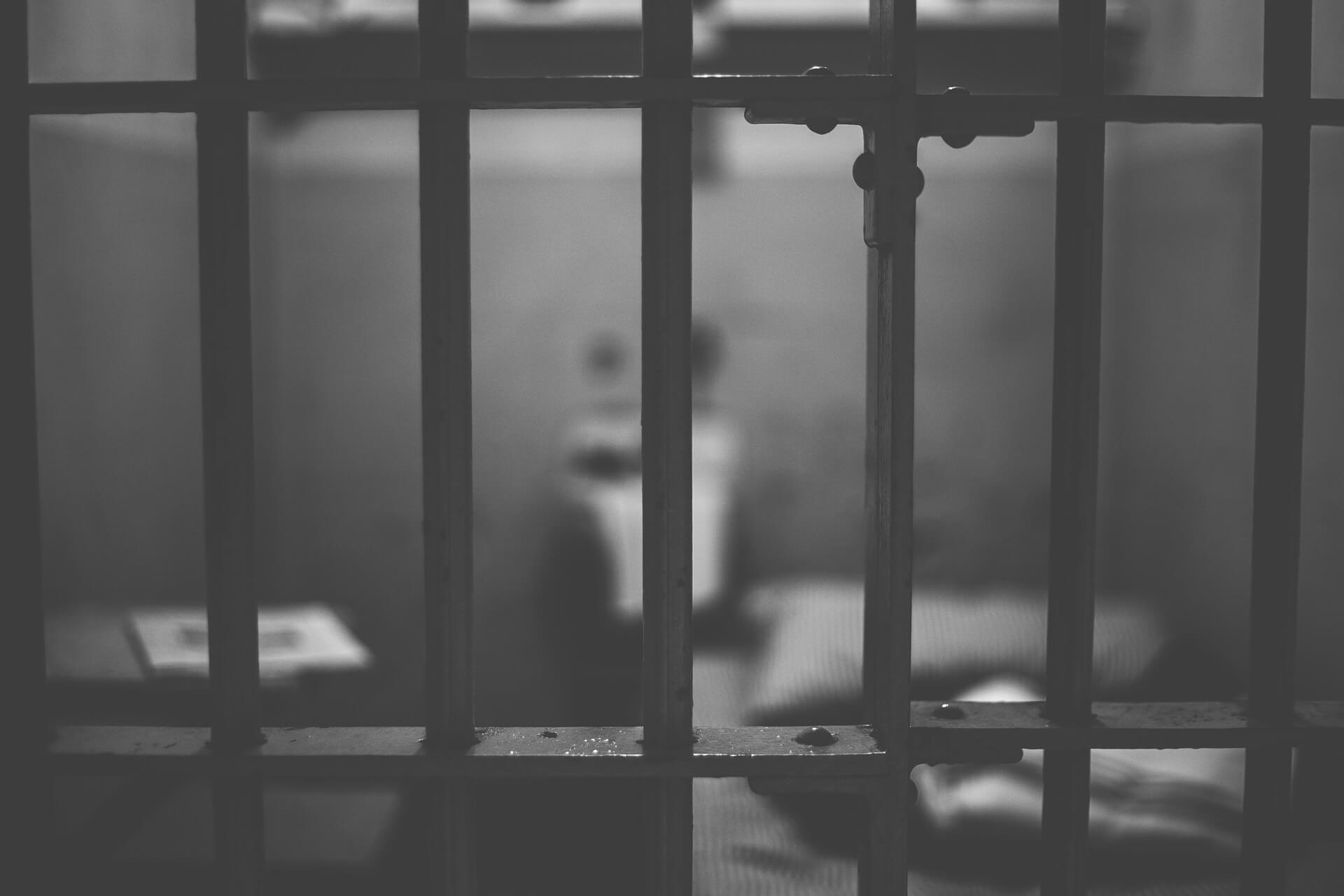Why is the number of women in Canada’s prisons increasing?
New report sheds light on the experiences of imprisoned women across the country
Melanie Woods

For many female inmates in Canada’s prisons, a routine trip to the gynecologist could mean being shackled to a bed. This is according to a 2016–17 investigative report from Canada’s Office of the Correctional Investigator (OCI). About one-quarter of female maximum security prisoners interviewed in the investigation reported being restrained during off-unit movement, including health care appointments and visiting hours with children. According to the report, male prisoners are not subject to the same movement restrictions. This is one of several alarming statistics related to Canada’s justice system reported in the past year. While overall rates of adult incarceration declined slightly in the past decade, rates of women and Indigenous people in Canada’s prisons are on the rise. Yet the OCI report notes no increase in female criminality in Canada over that period. Here are the numbers:
30%
The approximate increase in the number of federally sentenced female inmates in the past decade.
60%
The increase in the number of Indigenous female inmates over the same period. The greatest increase came in British Columbia. In 2016–17, 47 percent of women admitted to federal custody in B.C. were Indigenous—nearly double the percentage 10 years ago.
50%
Indigenous women represent 37 percent of all women behind bars, but they make up 50 percent of the maximum security population in federal prisons. Ninety percent of the women interviewed for the OCI investigation reported being segregated during their maximum security sentence, and 83 percent also reported having mental health problems. One region noted that women in segregation are provided earplugs to block out the screams of others in segregation in the same wing.
3
The number of recommendations presented to the Canadian Senate at an open caucus this year to keep women out of prisons and successfully reintegrate offenders into communities.
1. Strengthen community programs that alleviate poverty and prevent crime
2. Reform sentencing, classification and segregation
3. Make the prison system more transparent and accountable